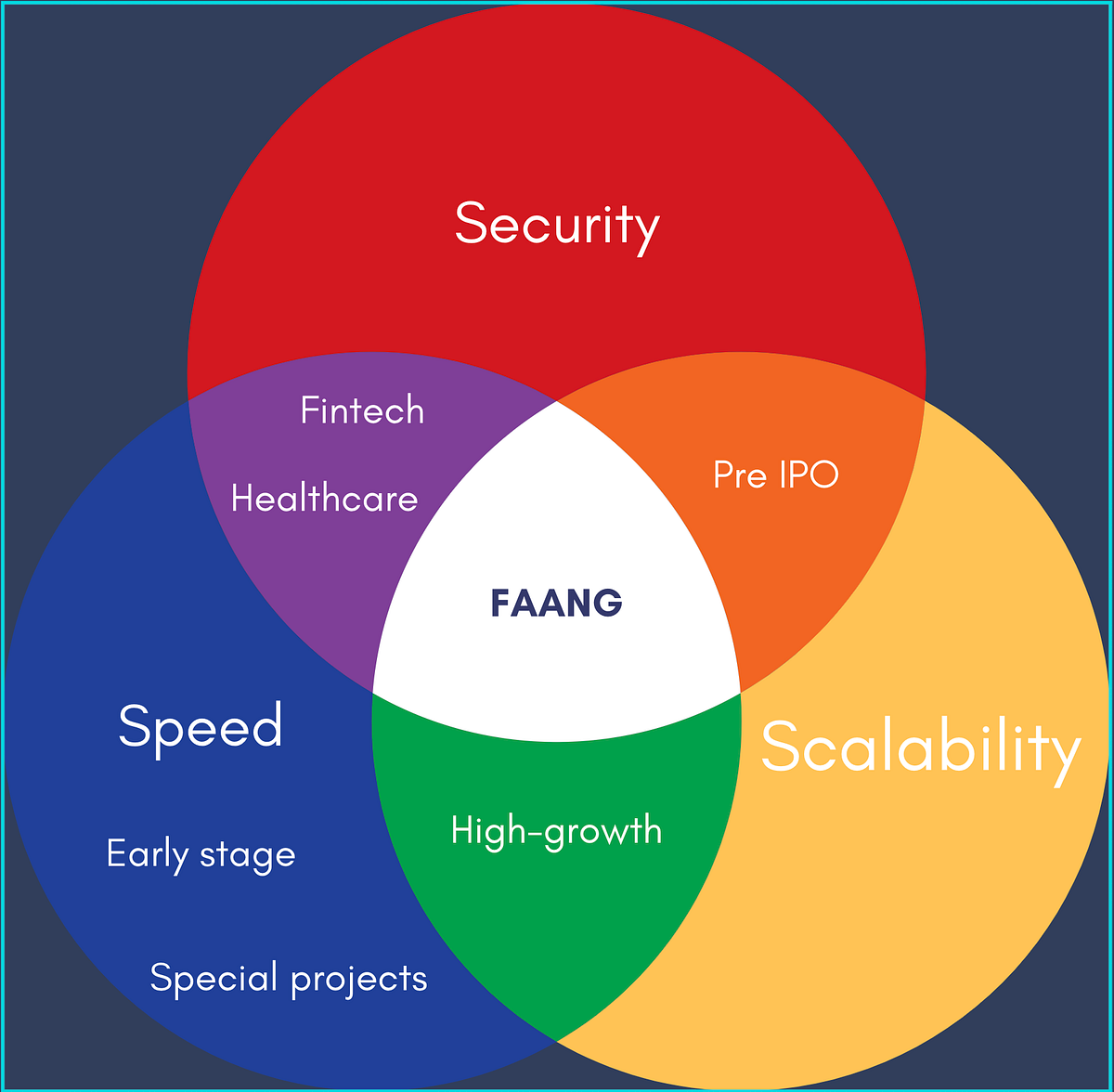CDN Innovations: Empowering Speed, Scalability, and Security

Content delivery networks (CDNs) play a pivotal role in ensuring the seamless delivery of digital content to end-users. With the advent of emerging technologies, CDNs are continuously evolving to meet the growing demands of the internet landscape.

Edge Computing for Enhanced Performance

Edge computing leverages distributed data centers located closer to end-users, allowing for reduced latency and improved response times. By placing content closer to the request source, CDNs can minimize network hops and deliver content faster, resulting in a superior user experience.
Adaptive Bitrate Streaming for Seamless Delivery
Adaptive bitrate streaming (ABR) adjusts the quality of video content based on network conditions. This ensures that users receive a smooth and uninterrupted viewing experience, even when confronted with fluctuating bandwidth. ABR avoids buffering and provides a consistent video quality, enhancing user engagement.
AI-Powered Caching for Optimized Resource Allocation
Artificial intelligence (AI) algorithms optimize caching strategies by predicting traffic patterns and content demand. AI identifies popular content and pre-caches it on edge servers, ensuring that it is instantly available upon request. This proactive approach minimizes server load and improves content delivery efficiency.
WebAssembly for Enhanced Security and Performance
WebAssembly (WASM) is a low-level binary format that runs on web browsers. It offers improved performance, security, and portability for applications compared to traditional JavaScript. CDNs can integrate WASM to enhance the security and efficiency of content delivery by leveraging its compiled code.
Cloud-Native Architecture for Scalability
Cloud-native CDNs are designed to operate in a distributed, scalable cloud environment. They leverage containerization, microservices, and serverless technologies to handle dynamic workloads and ensure seamless content delivery at scale. This architecture provides flexibility and cost-efficiency, allowing CDNs to adapt to fluctuating traffic demands.
Enhanced Security Measures
CDNs incorporate robust security measures to protect content and user data. They employ encryption protocols, such as TLS, to safeguard data in transit and at rest. Moreover, CDNs implement DDoS mitigation techniques to prevent malicious attacks and ensure uninterrupted service.
Impact of CDN Innovations
These innovations have transformed the capabilities of CDNs, delivering significant benefits:
- Reduced Latency: Edge computing and ABR streaming minimize latency, providing a faster and more responsive user experience.
- Improved Scalability: Cloud-native architecture enables CDNs to handle dynamic workloads and scale seamlessly.
- Enhanced Security: Advanced security measures ensure the protection of content and user data.
- Cost Optimization: AI-powered caching and cloud-native design optimize resource utilization, reducing costs.
- User Engagement: Seamless content delivery and improved performance enhance user engagement and satisfaction.
Conclusion
CDN innovations continuously push the boundaries of content delivery, enhancing speed, scalability, and security. By leveraging edge computing, AI, WASM, and cloud-native architecture, CDNs empower businesses to deliver exceptional digital experiences to their end-users, driving growth and success in the ever-evolving digital landscape.## Cdn Innovations: Enhancing Speed, Scalability, And Security
Executive Summary
Content delivery networks (CDNs) have become indispensable in the modern digital landscape, providing a suite of innovations that enhance website performance, scalability, and security. This article delves into the transformative capabilities of CDNs, exploring key subtopics such as content caching, network optimization, security features, and emerging trends. By leveraging these innovations, businesses can elevate their online presence, improve user experience, and mitigate potential risks.
Introduction
In the fast-paced digital realm, where every millisecond counts, content delivery networks (CDNs) have emerged as the cornerstone of website performance and reliability. By distributing content across a globally dispersed network of servers, CDNs accelerate content delivery, reduce latency, and provide unparalleled scalability. Moreover, CDNs have evolved to incorporate robust security features, safeguarding websites from malicious attacks and data breaches.
FAQs
Q: What are the key benefits of using a CDN?
- Enhanced website speed and responsiveness
- Improved scalability to handle high traffic volumes
- Reduced bandwidth costs and improved cost-effectiveness
- Enhanced security and protection from cyber threats
Q: How does a CDN work?
- CDNs store cached copies of website content on servers located in strategic locations around the world.
- When a user requests content, the request is routed to the nearest server, minimizing latency and improving load times.
- CDNs also optimize network routing to reduce hops and improve overall connectivity.
Q: What types of content can be delivered through a CDN?
- Static content (e.g., images, videos, CSS, JavaScript)
- Dynamic content (e.g., e-commerce product pages, user-generated content)
- Streaming media (e.g., live video, audio, podcasts)
Subtopics
Content Caching
- Caching mechanisms: CDNs employ caching mechanisms, such as proxy caching and reverse caching, to store frequently requested content closer to users.
- Cache optimization: CDNs use algorithms and techniques to optimize cache performance, reducing cache misses and improving hit rates.
- Content purging: CDNs provide tools for content purging, allowing website owners to invalidate outdated or sensitive content from cache.
Network Optimization
- Network peering: CDNs establish peering agreements with major internet service providers (ISPs), reducing latency and improving content delivery.
- Traffic routing: CDNs dynamically route traffic based on network conditions, selecting the most efficient path for data delivery.
- Load balancing: CDNs distribute traffic across multiple servers, ensuring optimal performance and preventing server overload.
Security Features
- DDoS protection: CDNs offer DDoS mitigation services to protect websites from distributed denial-of-service attacks.
- SSL encryption: CDNs support SSL encryption, ensuring the secure transmission of data between users and websites.
- Web application firewall (WAF): CDNs integrate WAFs to block malicious requests and prevent cyber threats.
Emerging Trends
- Edge computing: CDNs are leveraging edge computing to process and cache content closer to the end-user, further reducing latency.
- Artificial intelligence (AI): AI is being integrated into CDNs to optimize caching strategies, predict user behavior, and enhance security.
- 5G integration: CDNs are preparing for the deployment of 5G networks, which will enable even faster content delivery and reduced latency.
Conclusion
Content delivery networks (CDNs) have transformed the way websites operate in the digital realm. By leveraging content caching, network optimization, security features, and emerging trends, CDNs empower businesses to enhance website speed, scalability, and security. In today’s competitive online environment, CDNs have become an indispensable tool for delivering a seamless and secure user experience. Organizations that embrace CDN innovations can gain a competitive edge, increase website traffic, and maximize their online success.
Relevant Keyword Tags
- Content delivery network (CDN)
- Website performance
- Scalability
- Security
- Edge computing
